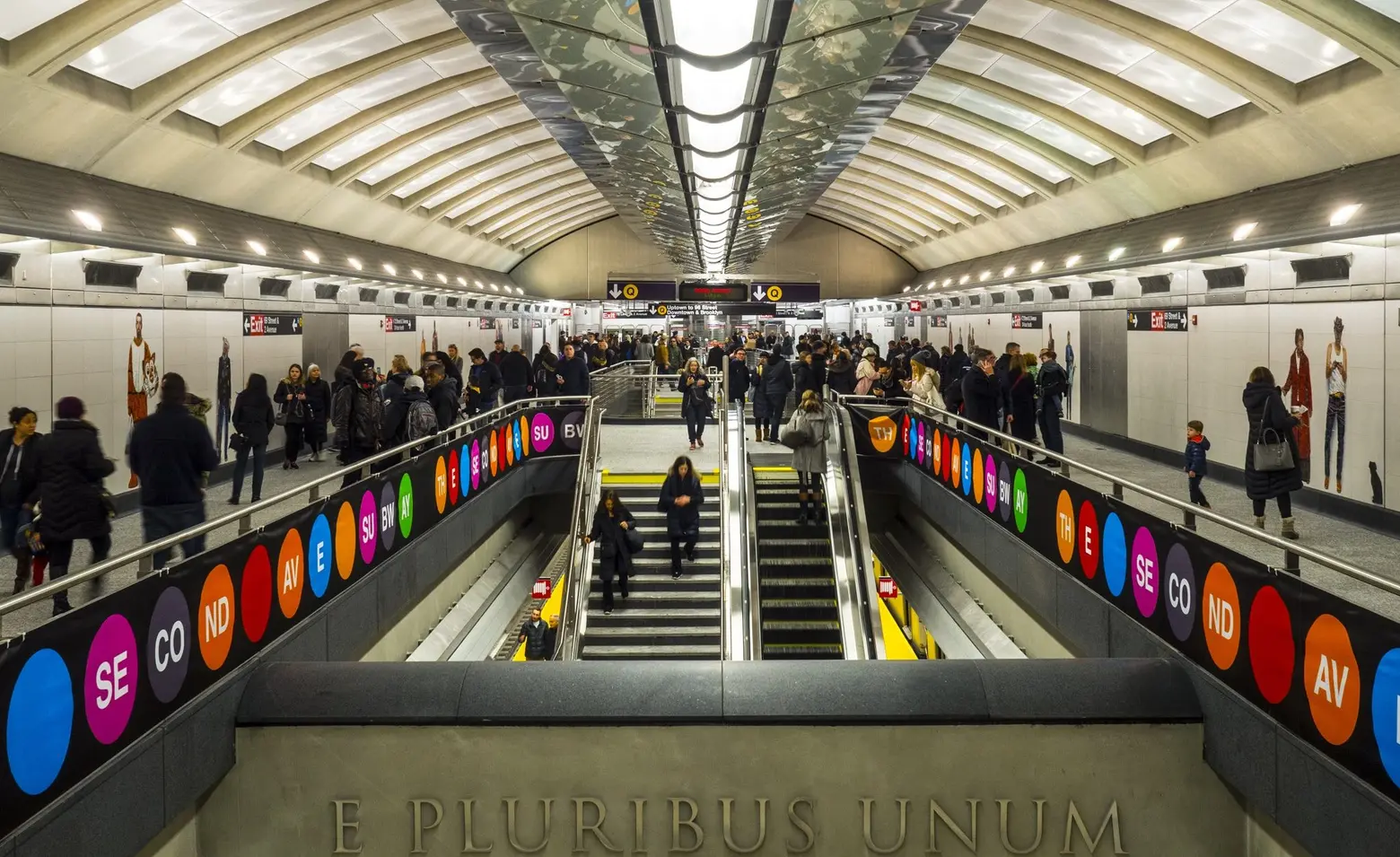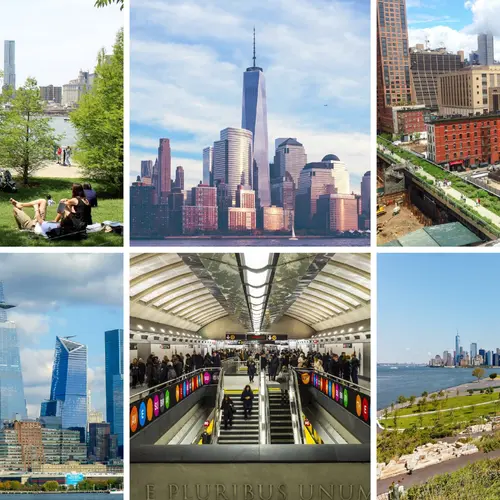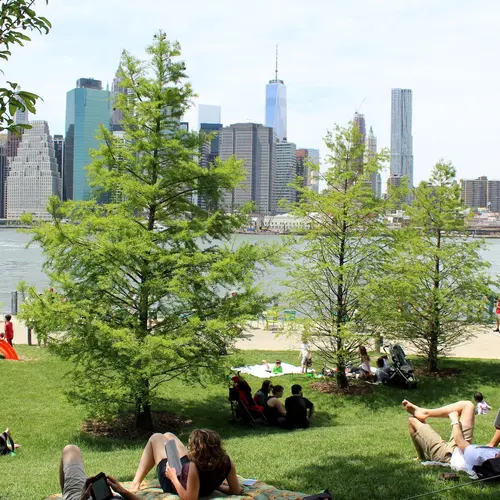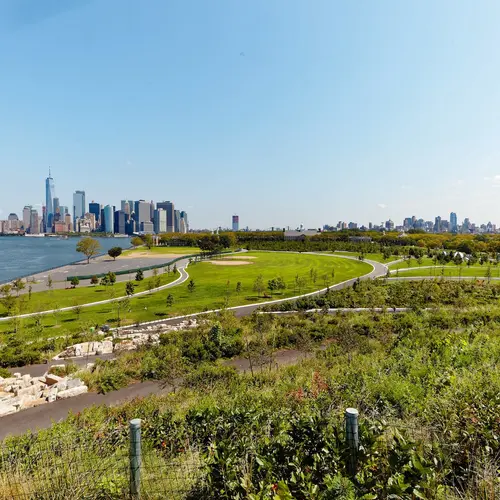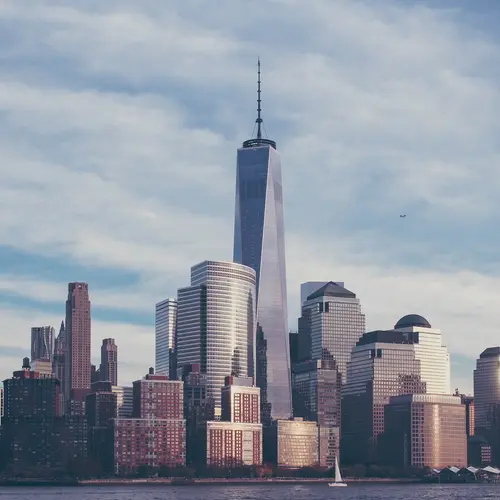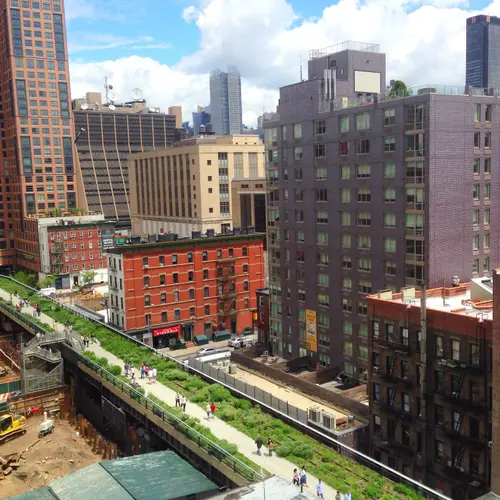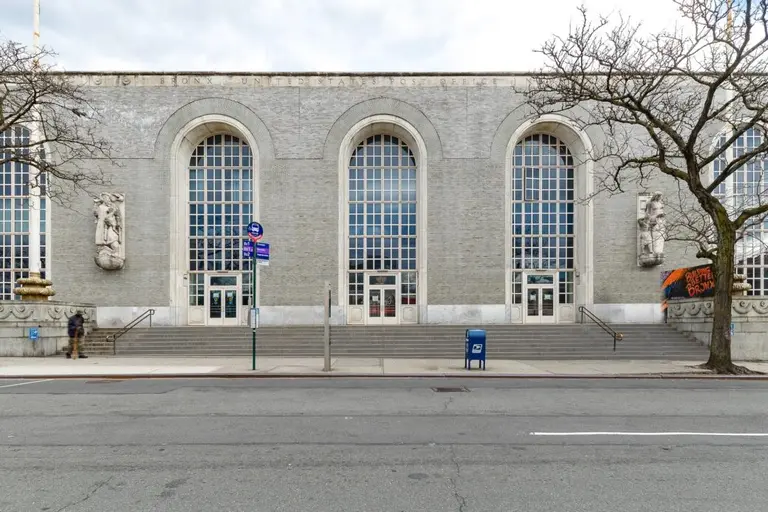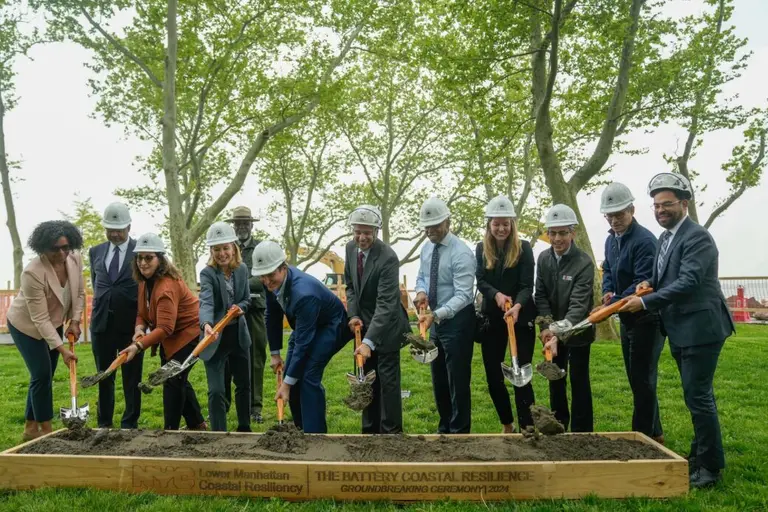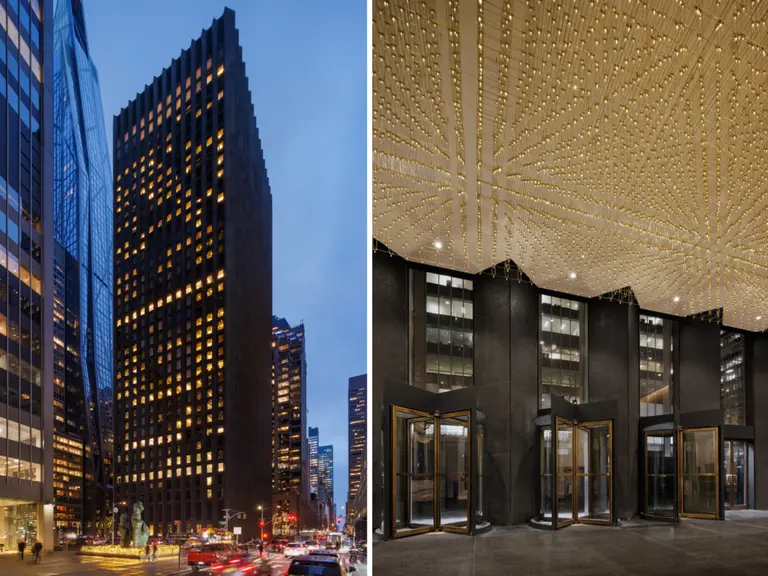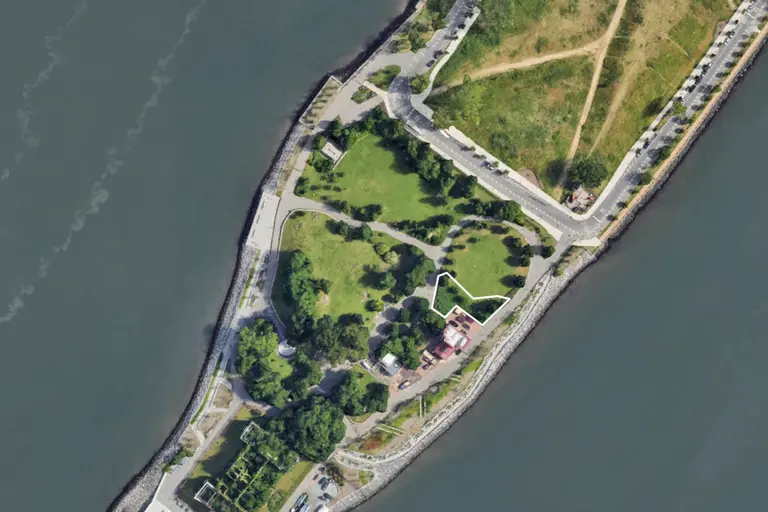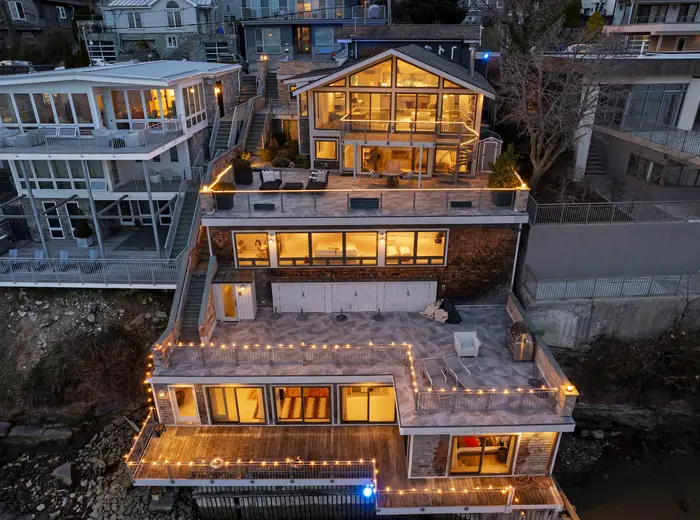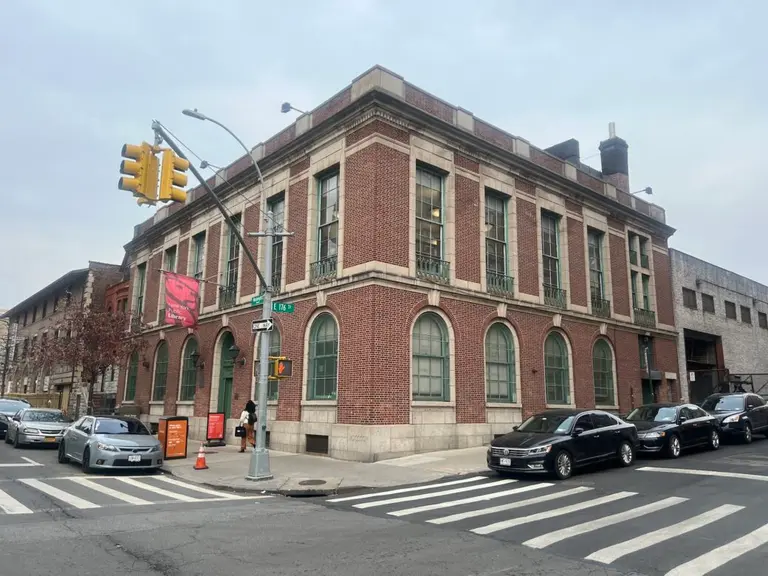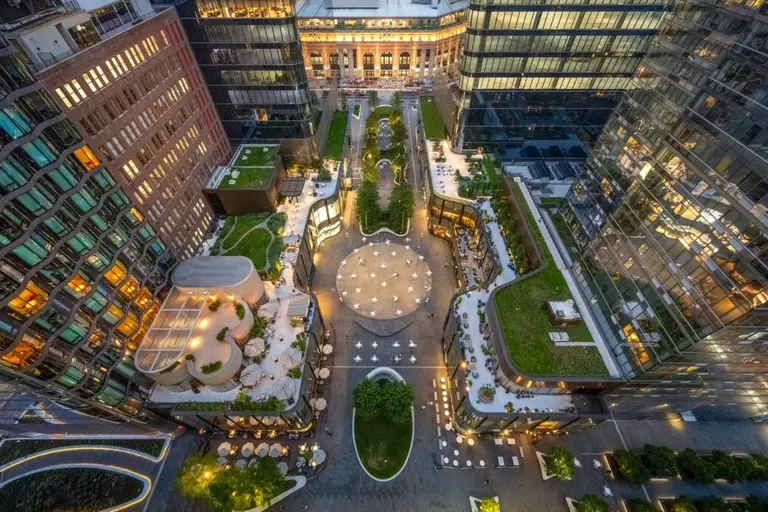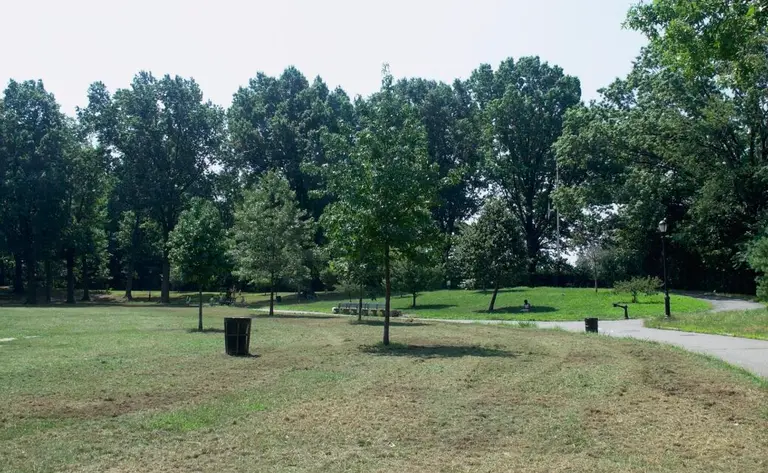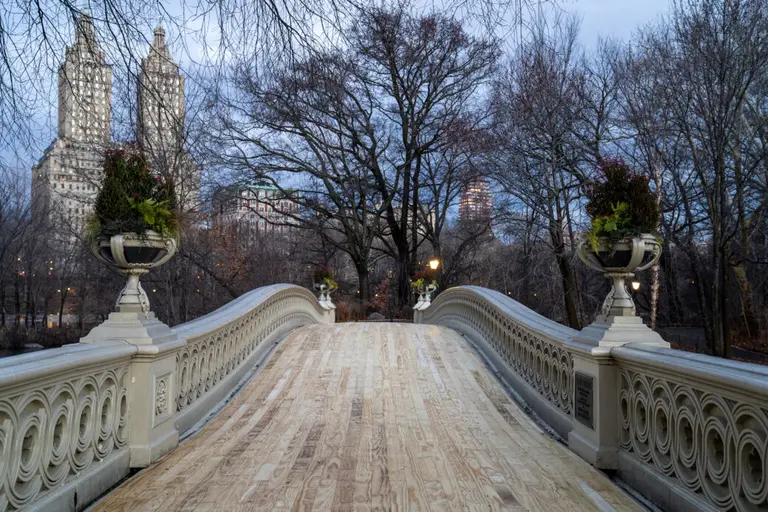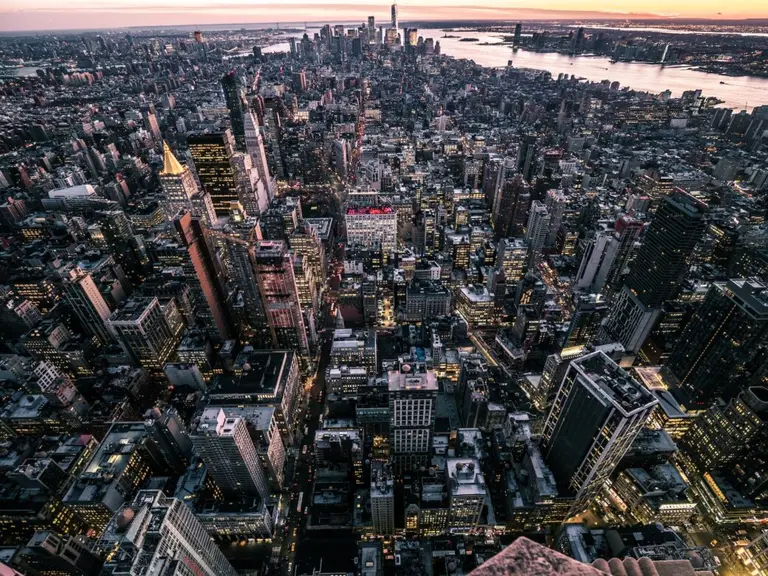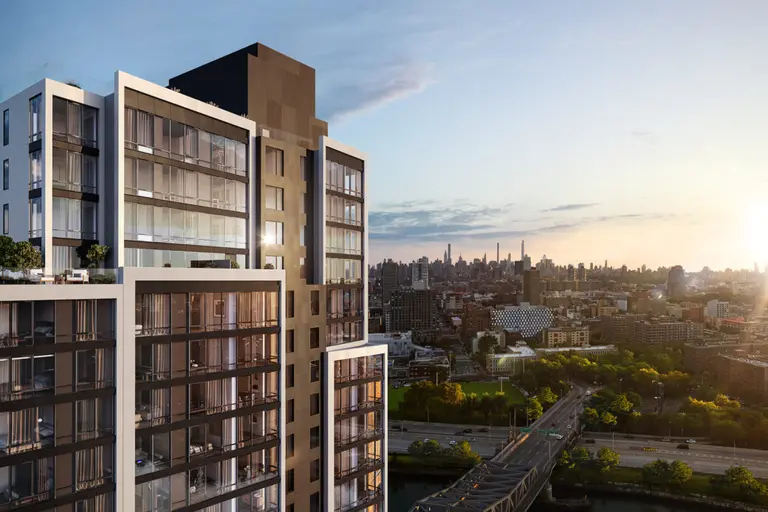21 experts on NYC’s most important projects of the past decade
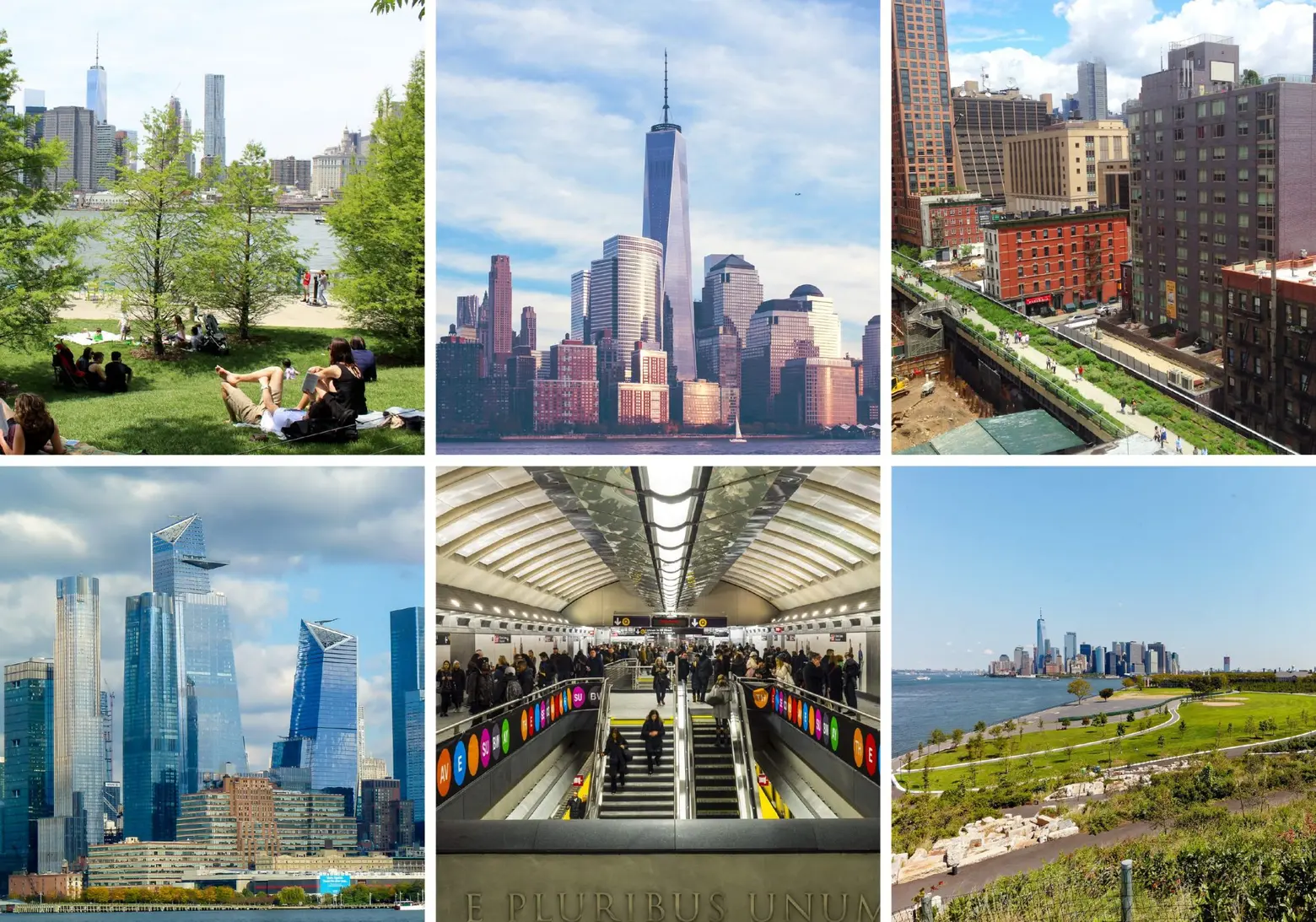
As the decade draws to a close, we’re reflecting on the growth and evolution of New York City during the 2010s. In the past 10 years, the city has seen the rebirth of neighborhoods, the creation of a totally new one, the return of a major sports team to Brooklyn, and the biggest subway expansion in decades. We’ve asked notable New Yorkers to share which project of the past decade they believe has made the most significant impact on the city, from the redevelopment of the World Trade Center site to the revival of the Coney Island boardwalk.
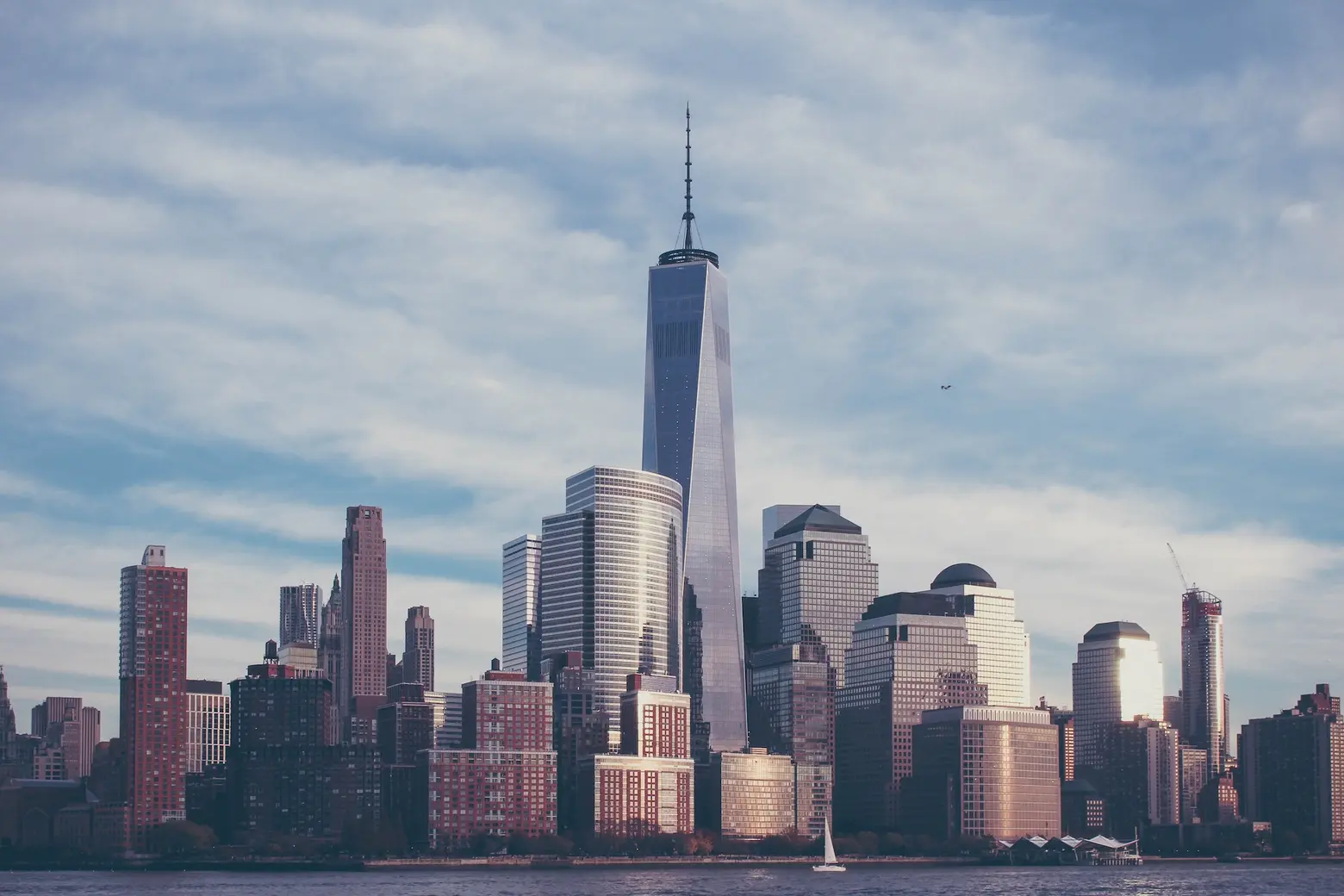
Photo by Lucas Franco on Unsplash
A project that reinforced the resilience of New Yorkers
Jessica Lapin, president of the Alliance for Downtown New York: The significance of One World Trade Center goes beyond its iconic physical stature in New York’s skyline and beyond the economic diversity and tenancy the building has brought to this neighborhood. The building stands as a symbol of what’s possible. People could have given up after 9/11 but instead, there has been a tenacity, a dedication that is inspiring and the community stands tall alongside One World Trade Center.
Hillary Reinsberg, editor in chief of The Infatuation and Zagat: So many neighborhoods have transformed over the past decade, but if we’re talking individual buildings or developments, One World Trade Center stands out. It took some time, but now that it’s settled in, the “Freedom Tower” feels like an iconic part of the downtown skyline. It doesn’t feel like it’s been there forever, and it shouldn’t. In the larger surrounding area, you’re starting to see a bunch of creative companies and startups move in, as well as some very good restaurants. The Infatuation’s highest-rated restaurant of 2019, Crown Shy, is in FiDi, and you’ve also had really impressive spots like Manhatta and The Fulton move in. We’ll definitely be keeping an eye on what’s happening below Chambers Street into the next few years.
Corey Johnson, City Council Speaker: Without question, I’d say the most important project of this decade is the redevelopment of the World Trade Center site. I never had a doubt that Lower Manhattan would rebuild after 9/11. But for those who did, the 9/11 Memorial and Museum, One WTC, and the Oculus proved we would not only rebuild, but we’d do it better and smarter. One WTC is environmentally friendly, built with recyclable materials. It’s also incredibly beautiful, and highly efficient, just like New York. Every year on Sept. 11, I attend the reading of the names at the 9/11 Memorial. I am in awe of the strength and resiliency on display. We will never forget that dreadful day. But we will not be defined by tragedy, and nothing can ever set us back.
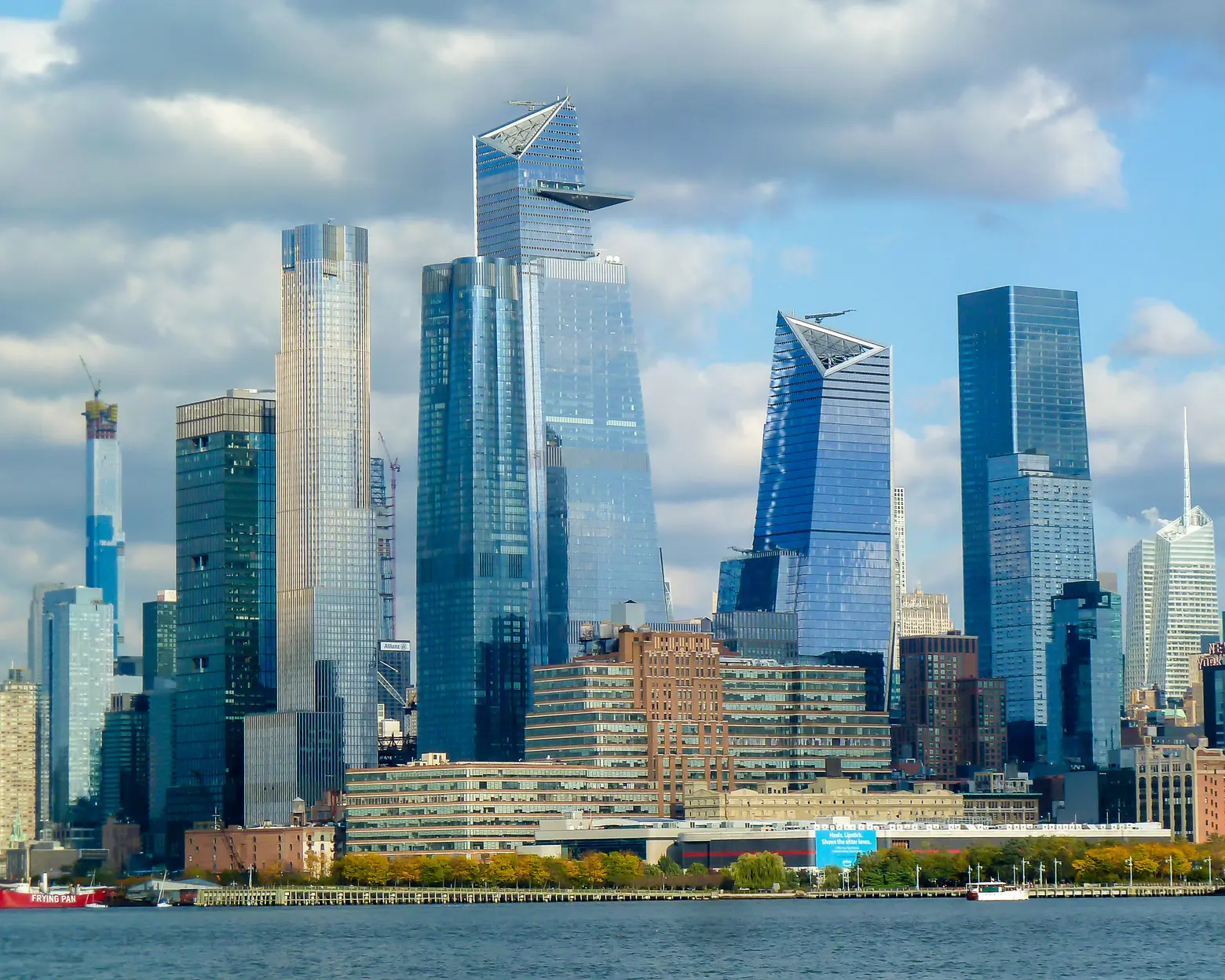
Photo by Bill Benzon on Flickr
The largest private development in the U.S. opened in 2019, creating a “city within a city” on Manhattan’s west side
Ryan Serhant, real estate broker with NestSeekers International: Hudson Yards. It’s an incredible feat to change the skyline, create a new destination, and do it all on top of a platform built over railroad tracks! What Related has been able to do has challenged the imagination of builders, architects, brokers, and New Yorkers.
Andrew Berman, executive director of Village Preservation: Hudson Yards. The mega-development has changed the New York City skyline, pulled midtown four long blocks west, and created a city-within-a-city on Manhattan’s Far West Side. Unfortunately, it’s also a pretty ghastly amalgam of some of the most mediocre architecture you’ve ever seen, placing a premium on bigness while ignoring human aesthetics or thoughtful design. The gigantic mall, which if you were dropped into the middle of you would literally have no clues whatsoever as to where you were, brings New York one step closer to being anywhere, USA. It’s a lamentable missed opportunity to create something truly worthy of New York that contributes to the lifeblood of the city with more than just a massive increase in office, condo and chain store square footage (and reflective glass).
Louise Phillips Forbes, real estate agent with Halstead: For the last decade, my development opportunities have really not been as iconic as the previous decade where small boutique buildings became anchors for particular ” ‘hoods.” This decade has been a wonderful collection of small buildings that brought beautifully appointed homes to the already sought after neighborhoods offering a wonderful addition to a local home seekers’ “shopping cart.” Hudson Yards has definitely changed the landscape by creating “a city within a city” and Brooklyn’s new developments are changing the skyline.
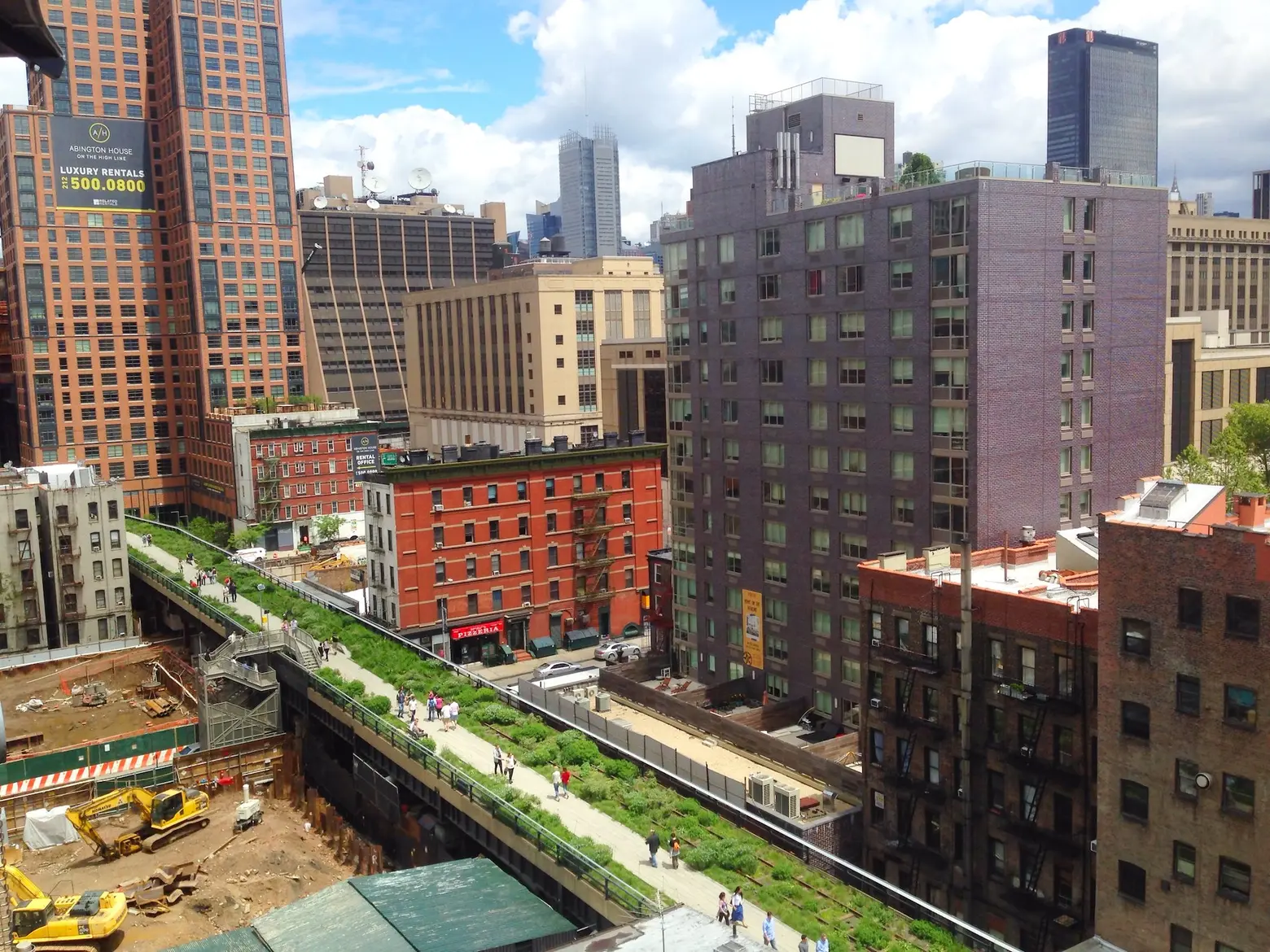
Photo by David Shankbone on Flickr
Saved from demolition by the community, an elevated park built on an abandoned railway transformed the neighborhood of Chelsea
Simeon Bankoff, executive director of the Historic Districts Council: I would have to say that one of the most important projects of the past decade is the High Line, the first part of which opened in 2009 and the remainder of which opened by 2014. The High Line is a nearly perfect icon for NYC in the Teens. It was a fantastically innovative project reusing obsolete urban infrastructure to bring new life to an underused neighborhood – at least that was the incredible idea that sparked the whole thing.
In practice, it became an upscale tourist destination whose chief attraction was to celebrate New York’s “brand” of urban edginess through a strong curatorial filter and safe distance, which was only made possible by catalyzing real estate development and literally privatizing the sky. It was a transformative project whose endpoint was never fully understood. It is a tremendous public creation that helped change a swath of the city into a playground for the few. Only in New York can such a good urban idea be turned into such a machine for place-breaking. As such, it is as good a symbol of today’s NYC as any.
Nancy J. Ruddy, founding principal of CetraRuddy Architecture: I believe that the High Line has had the most dramatic effect on our city and cities globally on how to activate de-commissioned, underutilized or abandoned parts of the city.
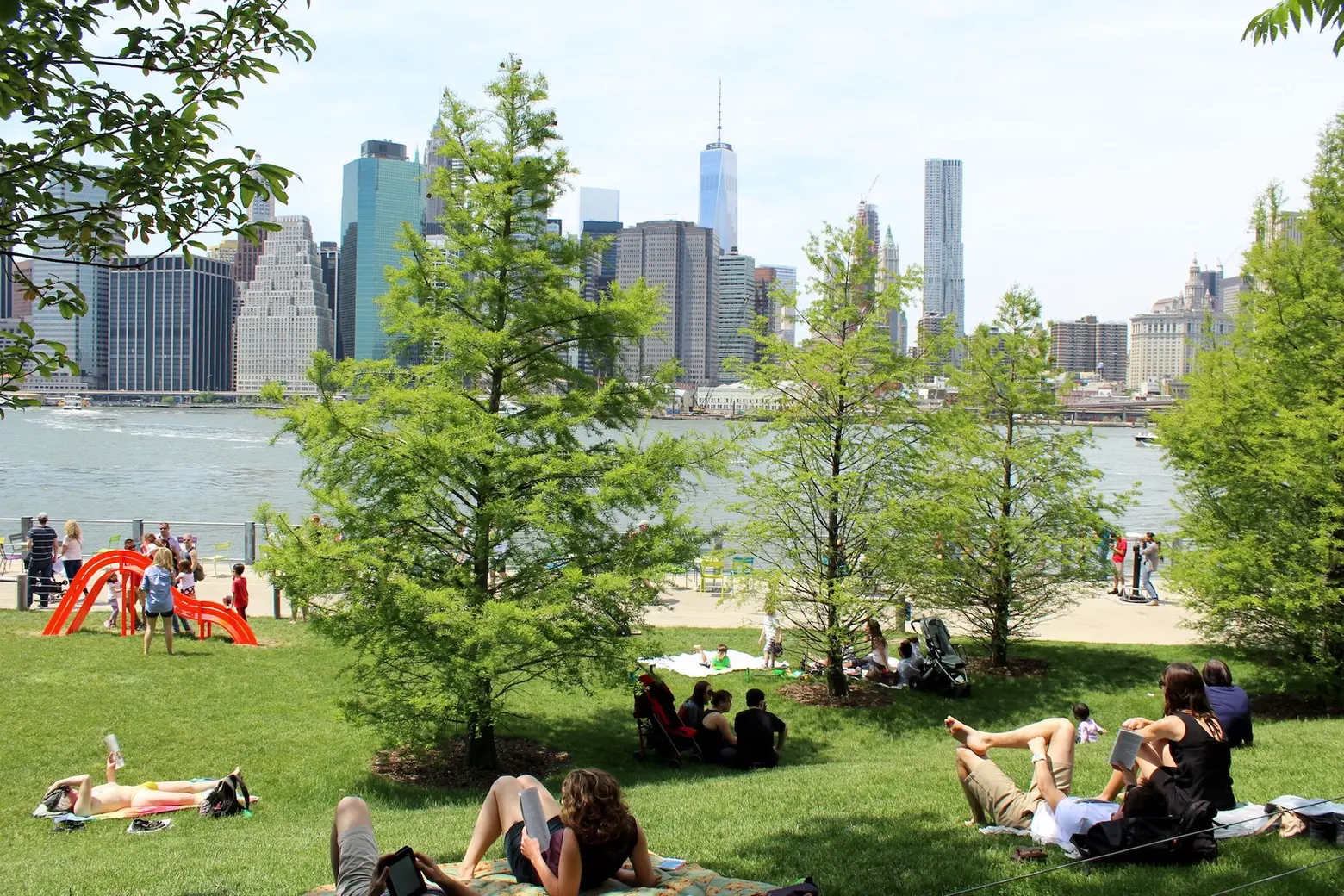
Photo by Shinya Suzuki on Flickr
A dilapidated stretch of Brooklyn waterfront became a model of public space design
Alloy Development’s Jared Della Valle (CEO) and AJ Pires (President): Hands down, Brooklyn Bridge Park is the most important project built in New York City over the past decade. As the largest new park since Prospect Park, BBP has transformed the way New Yorkers experience the waterfront. It sets the standard for urban public space design, waterfront design, and resiliency. It’s used by people from all walks of life and is a great reminder that the city is still capable of building visionary, transformational projects.
Catherine Burns, artistic director of The Moth: I adore all the new green spaces on New York’s waterfront, especially Brooklyn Bridge Park near my home. When I first moved here in 2000, the whole area under the bridges was a mess – dirty and fenced in, with little public access. Now it’s one of the most stunning spots in the city, where I take out of town visitors with pride. I also love all the work that’s been done to open up and make green the west side, Governors Island and other waterfront spaces. Adore the creation of the ferry services, which I use weekly. What a gift it is to experience New York City by boat!
After nearly 100 years and $4 billion later, Upper East Side straphangers had access to three new subway stations
Roger Clark, NY1 reporter: It created easier commutes for folks traveling to and from Yorkville and the Upper East Side, and hopefully the extension into East Harlem will come sooner than later. Construction was a pain and sadly impacted a number of businesses along the way, but the final product has been successful in better commutes and somewhat easing congestion on the 4-5-6 Lexington Avenue line.
Concetta Anne Bencivenga, director of the New York Transit Museum: On New Year’s Day 2017, the Second Avenue Subway opened on Manhattan’s Upper East Side. This route was almost one hundred years in the making since it was first proposed in 1919, and little known fact, the New York Transit Museum’s decommissioned subway station home was built in 1936 to be the first stop on a planned expansion of the line into Brooklyn. Not unlike the original subway system that opened in New York 115 years ago, almost immediately after it opened, people wondered how we survived so long without it. My favorite part of the three new station’s gorgeous design is the prominent placement of the motto “Excelsior.” Some might find ironic to be greeted by the phrase “Ever Upward” as you descend into the subway, but as any New Yorker knows, sometimes you have to dig deep to soar to new heights!
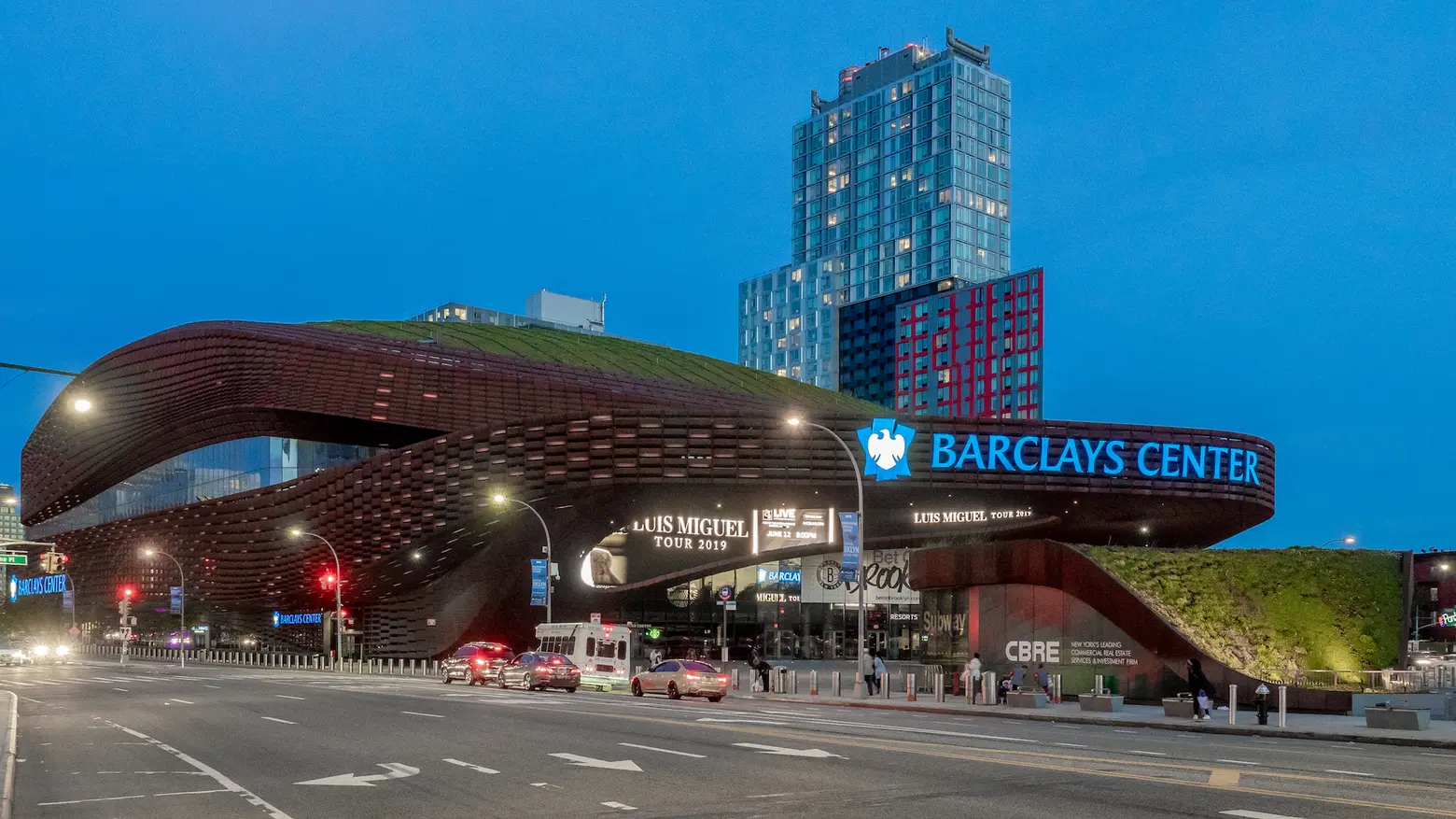
Photo by Ajay Suresh on Flickr
With the return of sports to Brooklyn, a major cultural and commercial hub was created
Christine Blackburn, real estate broker with Compass: I would say the Barclays Center. It completely transformed that corridor and also expanded Boerum Hill over to 3rd Avenue.
Bill Caleo, founder and managing director of The Brooklyn Home Company: Being a Brooklyn based developer, my impression is the Barclays Center is the most influential new building in NYC in the last decade. Brooklyn for the last 15 years has experienced a renaissance. Folks from around the tri-state area saw the quality of the housing stock and the cultural and outdoor amenities available in Brooklyn and started buying and living in the borough. Compared to the value offered in Manhattan, Brooklyn offered a more peaceful residential experience.
But as a community, we needed a gathering place, a landmark, that put Brooklyn on the map internationally. I think that Jay-Z opening the Barclays Center with his concert series put Brooklyn on the world stage. While the development may have some drawbacks, there is something to be said about a developer stepping up, taking a risk, buying a pro sports franchise and completing the construction of a game-changing music and sports venue.
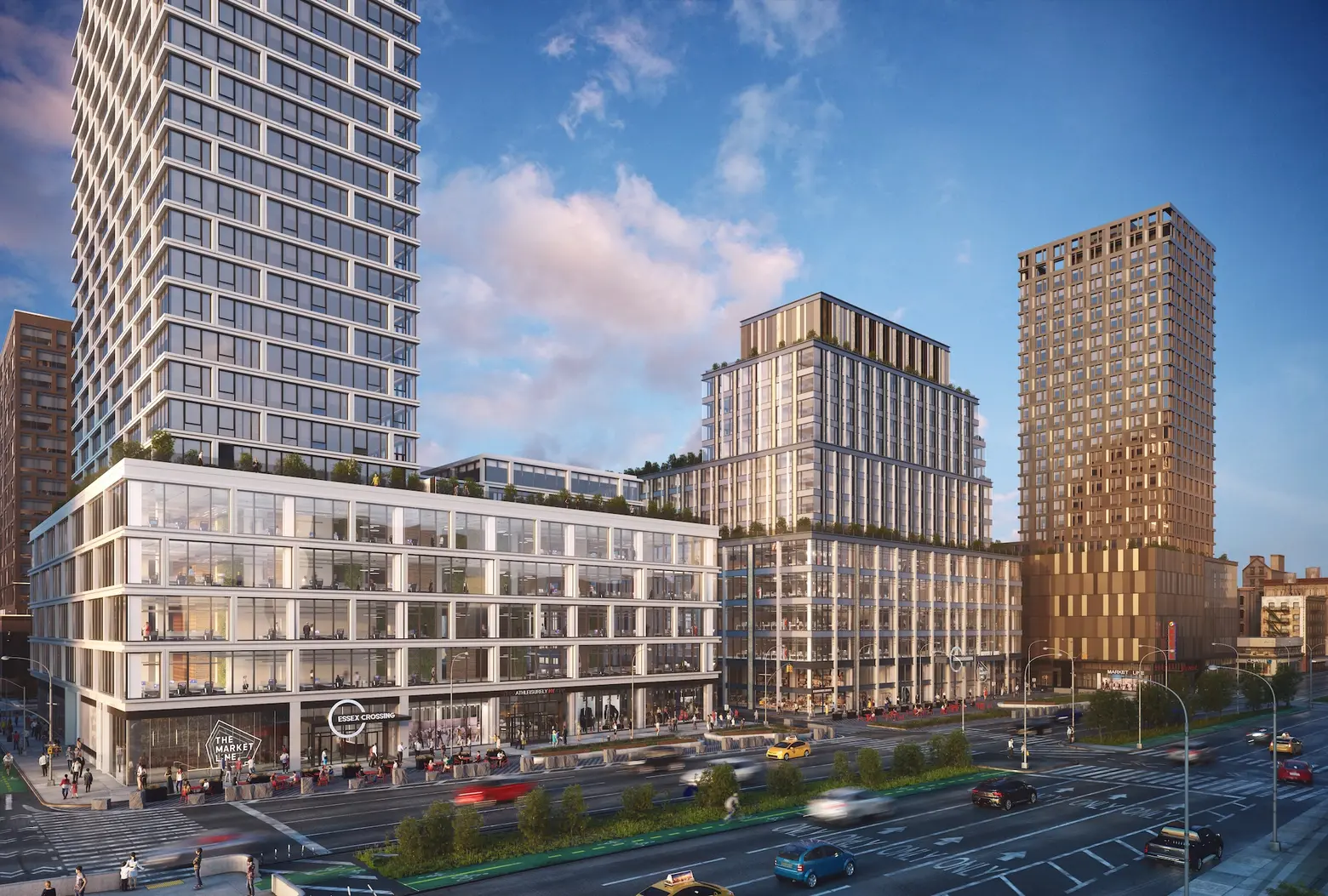
Rendering of Essex Market courtesy of Moso Studio
Affordable senior housing continued to be a priority for New Yorkers as rents reached record highs
Candice Milano and Malessa Rambarran, the Milano-Rambarran Team at Halstead: While there have been many developments that have contributed to shaping New York City’s ever-changing skyline over the past decade, we believe the development that has made the biggest impact on the city is Essex Crossing. The area which is now Essex Crossing was once the largest undeveloped owned land south of 96th Street, and the discussion of what should be developed there has been a discussion for generations. The development brought many of the discussions to ease by accommodating for everyone in the city by including both affordable and senior housing. In addition to a variety of residences, Essex Crossing is now a mega-hub for retail and office space, local businesses, restaurants and is the new home for the famous Essex-Market.
Gale Brewer, Manhattan Borough President Our city continues to be in an affordable housing crisis, which is why I believe the 100% affordable development on West 108th Street in Manhattan Valley by the West Side Federation for Senior and Supportive Housing (WSFSSH, pronounced “Wish-Fish”) is the project that has made the biggest impact. While not finished yet, it has provided us with a bold roadmap—a clear model—of the approach we need to take as a city to combat our affordability crisis.
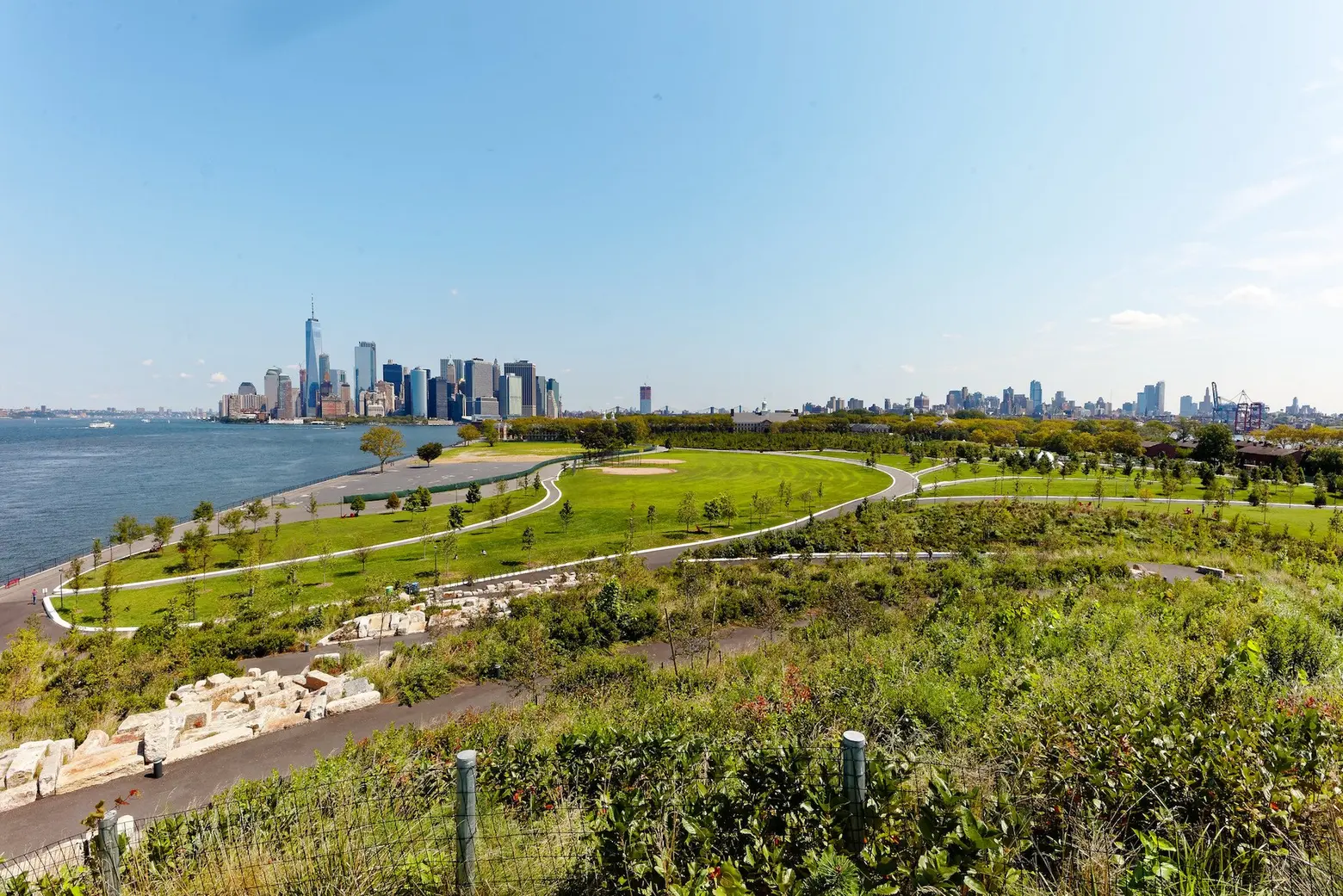
Photo by Michael Vadon on Flickr
And the revitalization of underutilized city land generated new, creative uses for public and private space
Lynn Kelly, executive director of New Yorkers for Parks: I know I am biased but I think the renaissance of Coney Island was the most significant project of the last 10 years. On May 19, 2010 the first major amusement park opened since Steeplechase Park closed in 1964. This signaled the rebirth of this iconic and treasured NYC attraction and neighborhood. After years of tireless community engagement, a complicated rezoning, significant capital investment, and thousands of new jobs, Coney Island has once again reinvented itself as the ‘People’s Playground’. I am so proud to have had a part of its colorful and glorious history. Coney Island is pure magic.
Amy Plitt, Editor of Curbed New York: It’s tempting to go with the High Line as the decade’s most important project—its influence on urban park design, both in NYC and elsewhere, cannot be overstated—but I think Governors Island is the bigger success story. The island has been completely transformed from a former military base that few knew about to one of New York’s best parks, with stellar examples of landscape design (Slide Hill! Hammock Grove!) throughout. It’s expansive, car-free, and a wonderful place to spend a beautiful summer day, which you can’t really say about the High Line anymore. Here’s hoping that the city’s plans to further develop the island don’t diminish the magic that still exists there.
Deborah Berke, founder of Deborah Berke & Partners Architects: The reopening of the High Bridge connecting upper Manhattan to the Bronx is my favorite development of the last ten years. I like that it’s old and still in use, and that it’s been transformed over time. It’s now a haven for pedestrians (as I am a serious walker), and it is part of one of the most beautiful urban compositions of roads and bridges when approached from the south against a clear blue sky.
Richard A. Cook and COOKFOX Architects: We would nominate Hudson River Park, The High Line, and Brooklyn Bridge Park, for their role in reconnecting New Yorkers with nature. We believe that access to green space is one of the most important drivers for creating a healthier city.
Drew Lang, principal and co-founder of Lang Architecture: New Lab in the Brooklyn Navy Yard. The project is a bold and successful manifestation of ideas and partnerships that transformed an under-utilized warehouse into a compelling and vibrant building that houses 150 technology companies. The building revitalization and ongoing use inspire occupants, visitors, onlookers and future projects of similar ambition.
